Growing Sweet Potatoes From Sprouting Potatoes
by hacp2111 in Outside > Backyard
1869 Views, 17 Favorites, 0 Comments
Growing Sweet Potatoes From Sprouting Potatoes
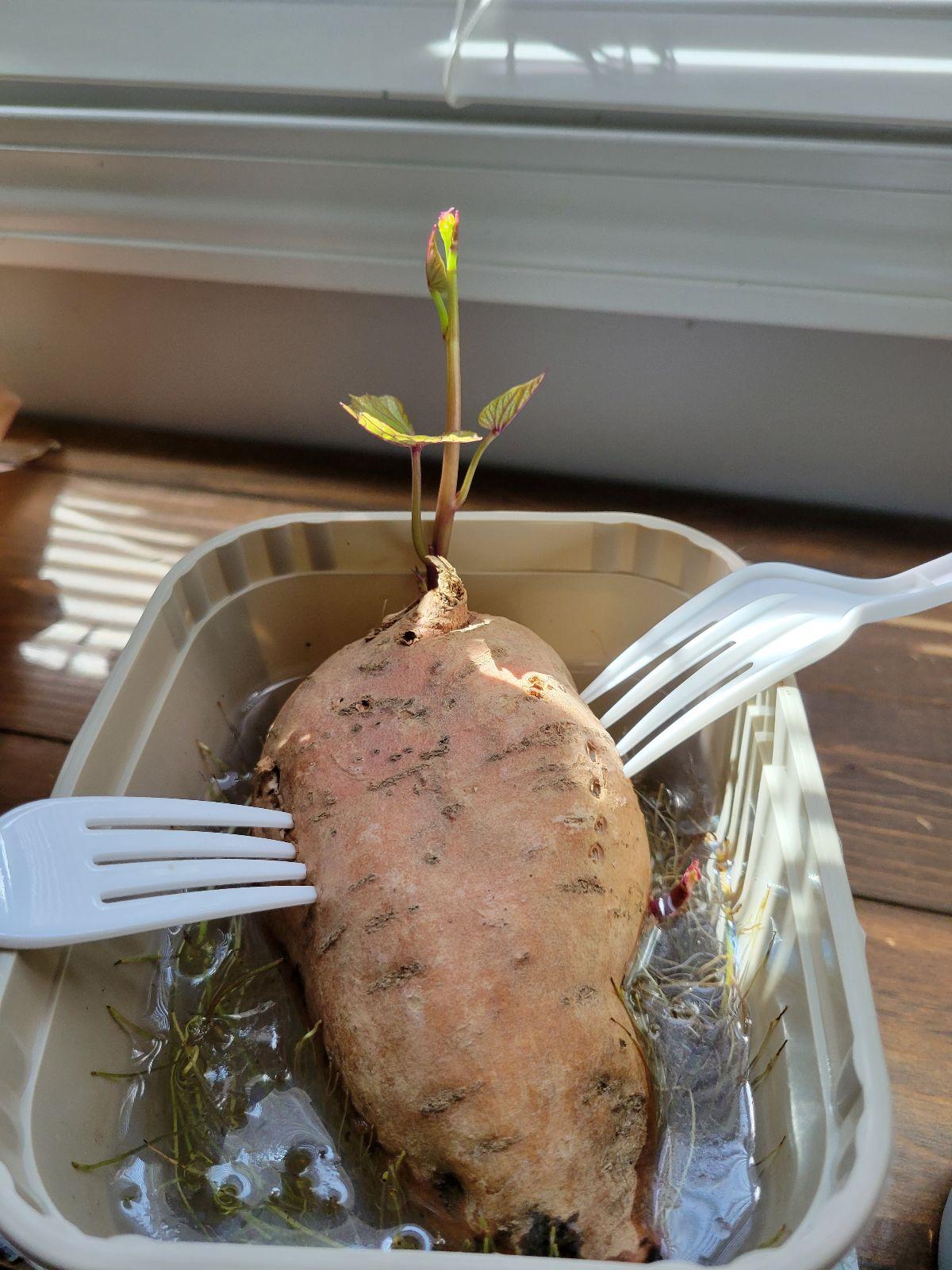
The Food and Agricultural Organization (FAO) and the United Nations Environment Program (UNEP) estimated that in 2019, 931 million tonnes of food were discarded. I tried to make #NoWasting Food a resolution for this year. Some times sweet potatoes stay a bit longer in my pantry and I try to plant them instead of discarding them. In this instructable we will describe step by step how to grow a sweet potato from a sprouting potato.
Supplies
- A clean healthy, sprouting sweet potato
- A plastic/glass container
- Two plastic forks or toothpicks (optional)
- Compost and Soil
- A deep planter or plastic bag planter
Select Sprouting Potatoes
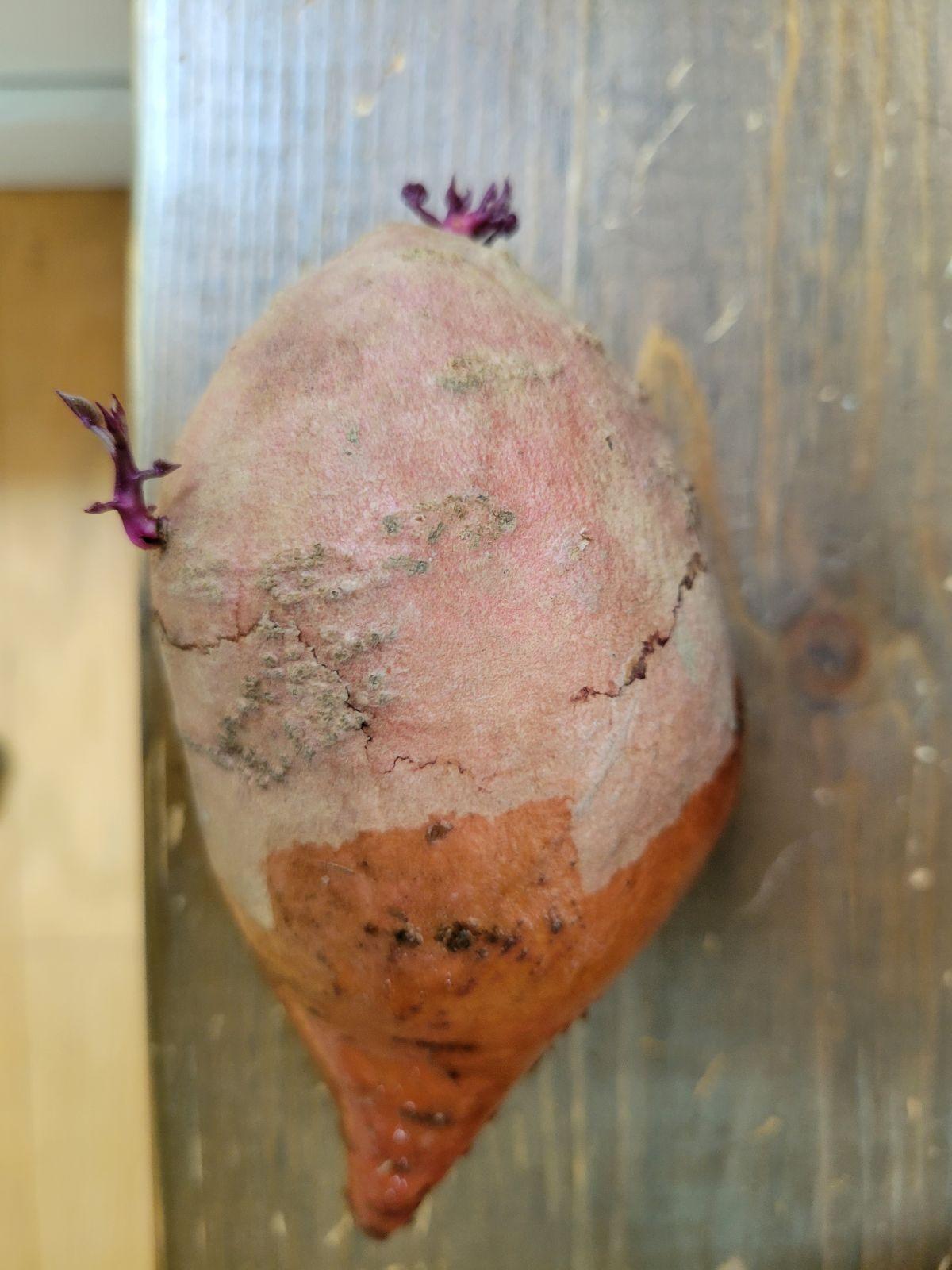
If you buy sweet potatoes from a grocery store ad leave if for some time in a dry, partial shade area, you will see tiny purple sprouts after 1-2 weeks. Sometimes potatoes are waxed or coated so they can't sprout. If you have a healthy, clean potato with tiny purple sprouts, you are on your way.
Place the Potato on Water
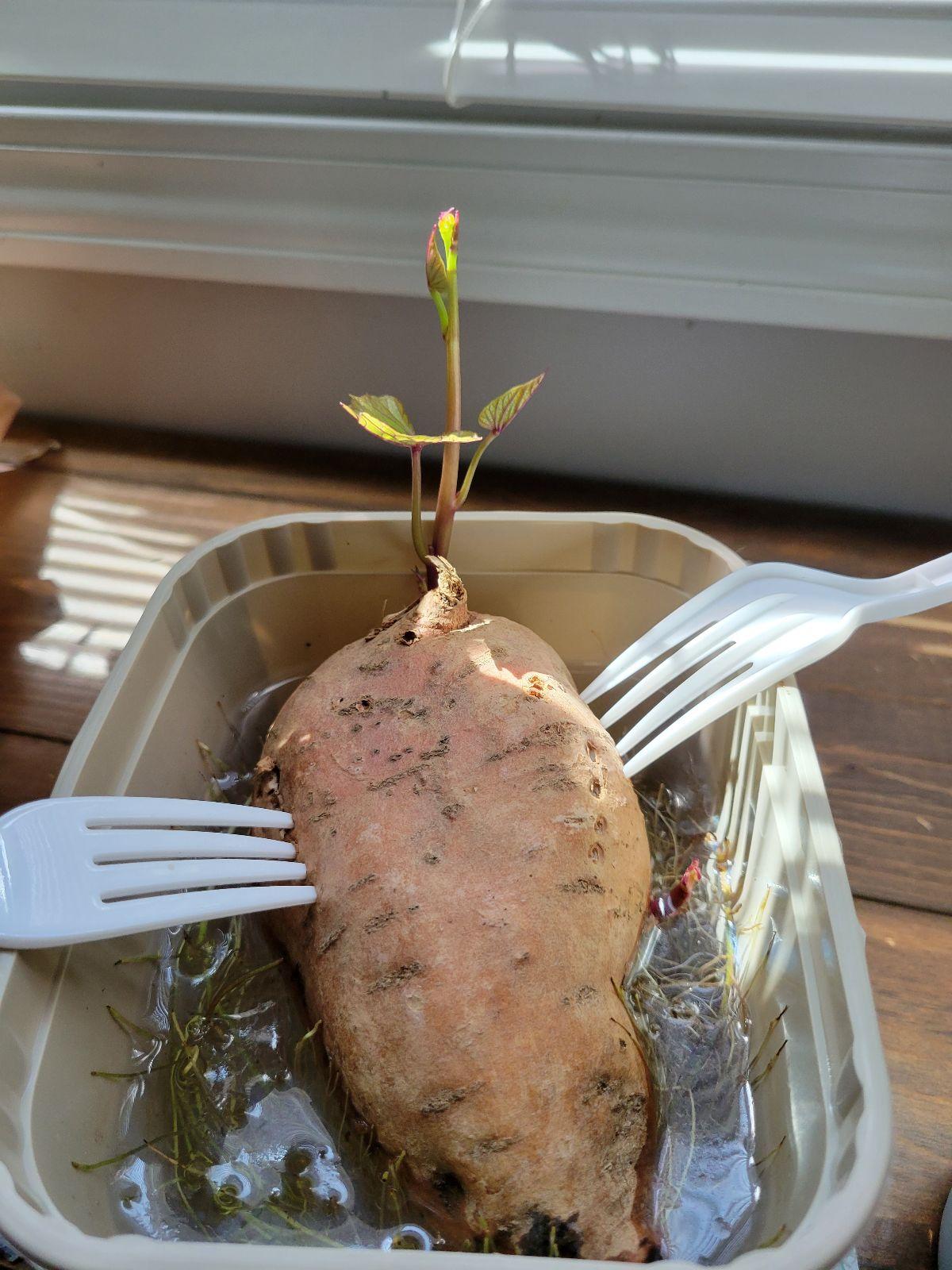
Submerge the potato half way in water for 1-2 weeks with plenty of room for roots to grow at the bottom. You can recycle a plastic fork or use toothpicks to keep it in place. Add water as needed so the level remains almost the same. You will see the sprouts growing into slips and roots growing under the water. Keep it in a warm, sunny area, near a window with plenty of sunlight.
Separate the Slips
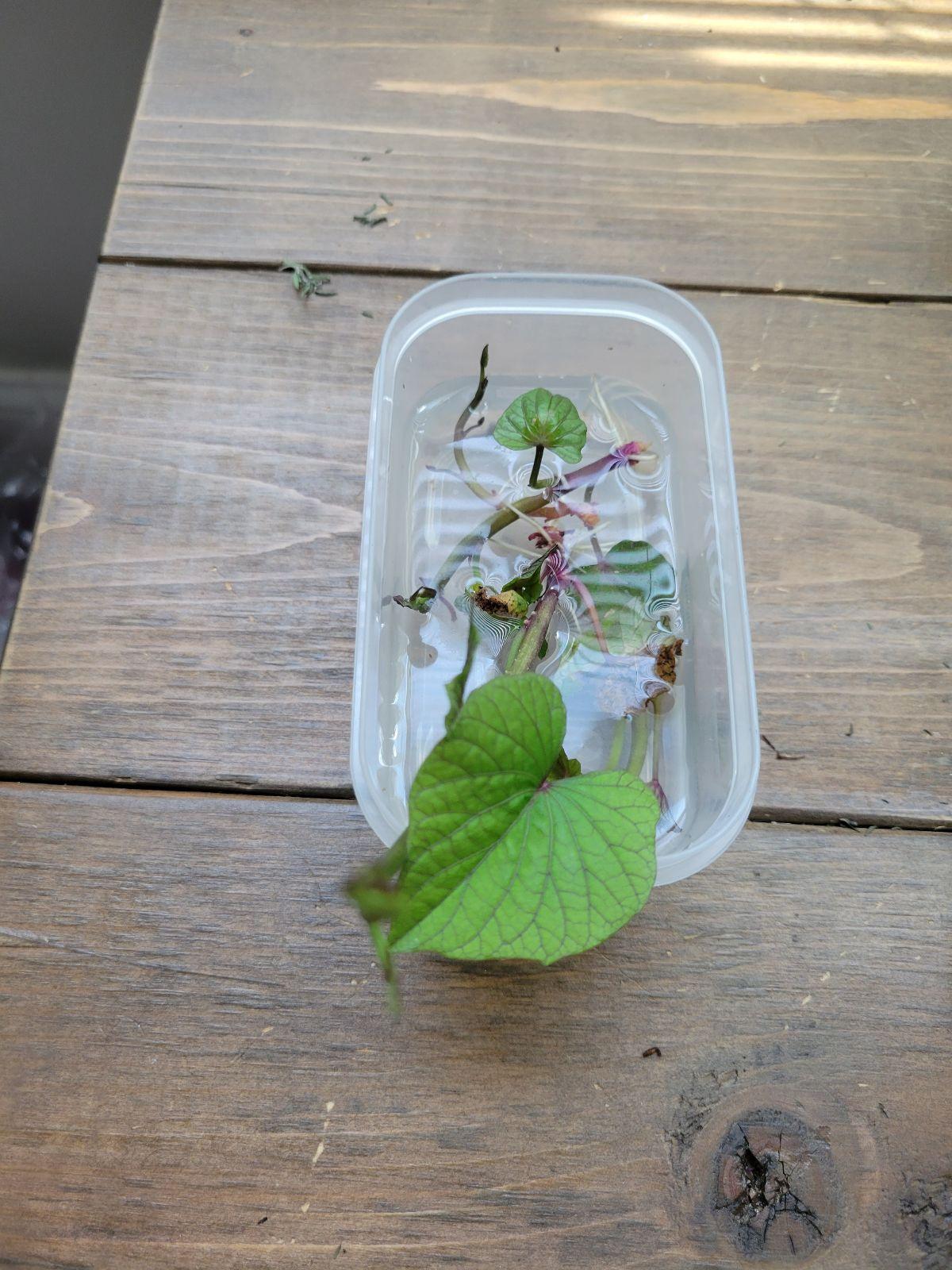
When the slips are 2-3 inches long, it's a good time to separate the slips. Grab a slip from the base and carefully twist it until it separates from the potato. If you look closely, you will see some tiny roots already! Place all the slips in a container with water and wait 1-2 weeks until they grow taller and the roots develop. Keep the water clean and fresh.
Plant Your Slips
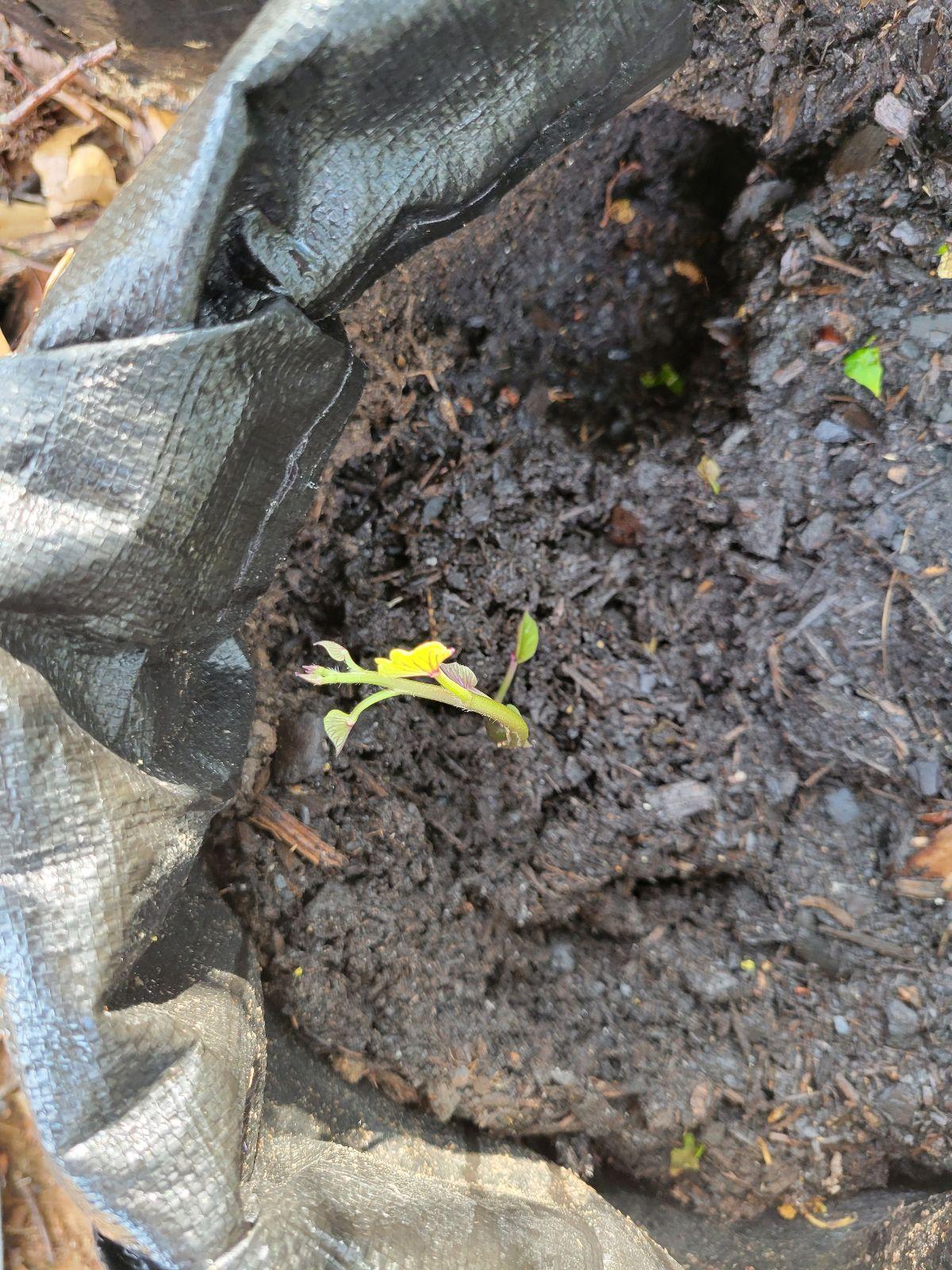
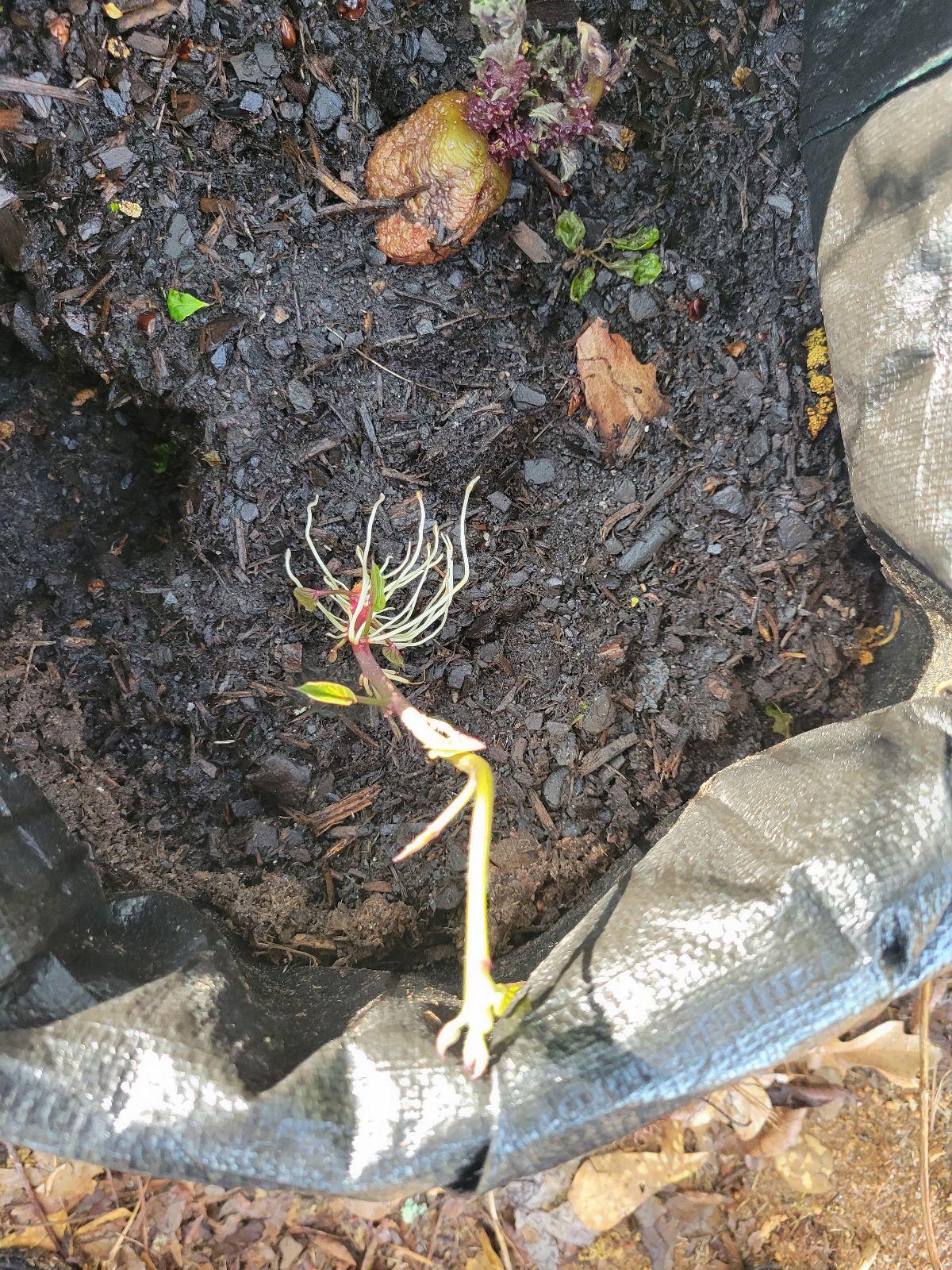
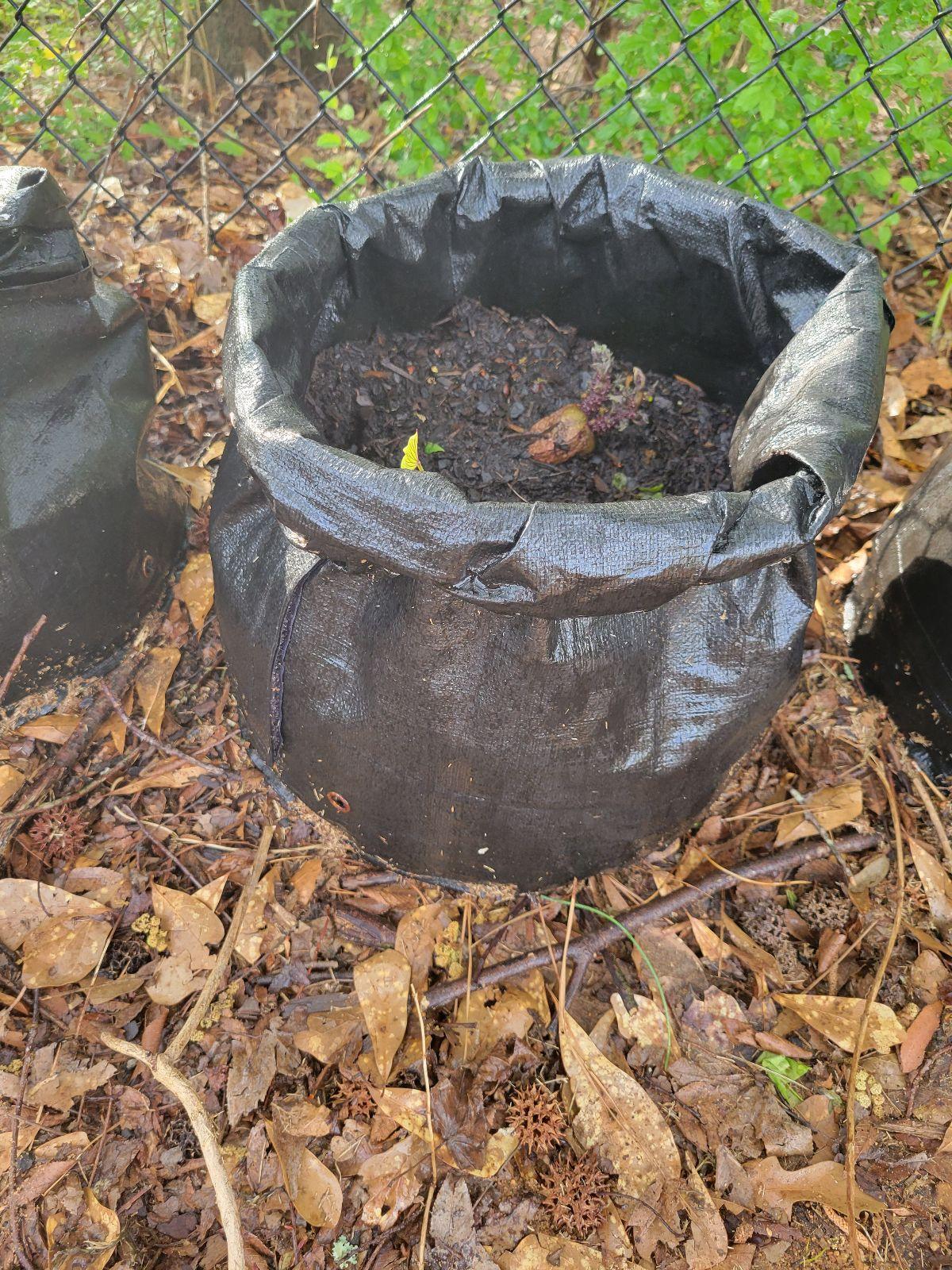
Now it's time to plant your slips! Sweet potatoes grow in loose and well-drained soil with plenty of organic compost. Temperature wise: 70-80 F. It takes between 85 to 120 to produce fruit. It also produces beautiful vines that can cover a large area of the garden.